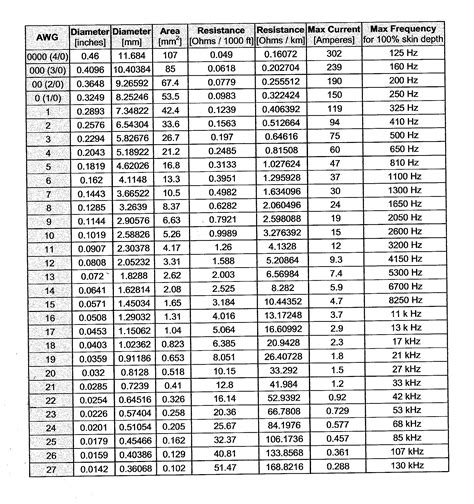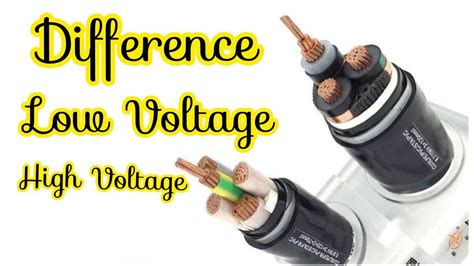hv vs lv | lv and mv switchgear hv vs lv In this blog, we present the definition of LV, MV and HV, the differences between voltages and their usage areas and more for you. What is the definition of Low Voltage, Medium Voltage and High Voltage? As a result of its position in Group 16 of the periodic table, . was element 116’s temporary name until an official name was chosen by IUPAC. In 2012, IUPAC approved that element 116 should be named livermorium with the symbol Lv. The deputy director of Russia’s Joint Institute for Nuclear Research (JINR) initially wanted element 116’s .
0 · voltage rating chart
1 · lv vs hv electrical
2 · lv vs hv cable
3 · lv mv hv voltage ranges
4 · lv and mv switchgear
5 · lv and hv in transformer
6 · hv vs lv distribution
7 · difference between hv and lv cable
GTA San Andreas Cars. : Police. Declasse Premier LVPD based on a sedan from Max Payne 3. Converted to GTA SA and edited by M4k3. Replaces LVPD Cruiser by default. Features : Optimized model and textures. Works in SAMP. GTA SA numberplates. Has visible petrolcap. Custom collision. Flat shadow. Custom handling. 2 .
voltage rating chart
In this post, we will learn some basic differences between two widely used electrical cables – HV (High Voltage) and LV (Low Voltage).Then the meter is connected between HV and earth point; and then LV and earth point to ge.
lv vs hv electrical
High (HV), Extra- High (EHV) & Ultra-High Voltages (UHV) - 115,000 to 1,100,000 VAC. Medium Voltage (MV) - 2,400 to 69,000 VAC. Low Voltage (LV) - 240 to 600 VAC. Generac issued a white paper titled Medium Voltage On-Site .
In this blog, we present the definition of LV, MV and HV, the differences between voltages and their usage areas and more for you. What is the definition of Low Voltage, Medium Voltage and High Voltage?
LV cables are low voltage cables that are designed to transmit electrical power at voltage levels up to 1000 V. They are typically used for short-distance power transmission and distribution, such as within buildings and homes. In contrast, .
Voltage classifications typically include Low Voltage (LV), Medium Voltage (MV), and High Voltage (HV), each serving distinct purposes in power distribution and usage. This article explores these classifications and their .
An HV power distribution system simply means a high voltage distribution system while an LV is a low voltage or tension power distribution system. LV power supply can be around 230 Volts for a single-phase . 3.3 High Voltage (HV): A class of nominal system voltages equal to or greater than 100kV and equal to or less than 230kV. 3.4 Extra-High Voltage (EHV): A class of nominal system voltages greater than 230kV but less than .
Low Voltage (LV): up to 1000V. Medium Voltage (MV): between 1000 V and 45 kV. High Voltage (HV): between 45 kV and 230 kV. Extra High Voltage (EHV): from 230 kV and above.
lv vs hv cable
The primary distinction between high-voltage (HV) and low-voltage (LV) cables lies in their construction and insulation properties. High-voltage cables are designed with multiple semiconductor and shielding layers, which .In this post, we will learn some basic differences between two widely used electrical cables – HV (High Voltage) and LV (Low Voltage).High (HV), Extra- High (EHV) & Ultra-High Voltages (UHV) - 115,000 to 1,100,000 VAC. Medium Voltage (MV) - 2,400 to 69,000 VAC. Low Voltage (LV) - 240 to 600 VAC. Generac issued a white paper titled Medium Voltage On-Site Generation Overview. The white paper compares NEC to ANSI Standards. High voltage has higher potential energy than low voltage. Low voltage has lower potential energy than high voltage. High voltage is typically used to power large devices, while low voltage is usually used to power smaller devices.

In this blog, we present the definition of LV, MV and HV, the differences between voltages and their usage areas and more for you. What is the definition of Low Voltage, Medium Voltage and High Voltage?LV cables are low voltage cables that are designed to transmit electrical power at voltage levels up to 1000 V. They are typically used for short-distance power transmission and distribution, such as within buildings and homes. In contrast, HV cables are high and medium-voltage cables that are designed to transmit electrical power at voltage . Voltage classifications typically include Low Voltage (LV), Medium Voltage (MV), and High Voltage (HV), each serving distinct purposes in power distribution and usage. This article explores these classifications and their applications, highlighting their differences and relevant products from Blue Jay.
An HV power distribution system simply means a high voltage distribution system while an LV is a low voltage or tension power distribution system. LV power supply can be around 230 Volts for a single-phase connection and 400 Volts for a three-phase connection.
3.3 High Voltage (HV): A class of nominal system voltages equal to or greater than 100kV and equal to or less than 230kV. 3.4 Extra-High Voltage (EHV): A class of nominal system voltages greater than 230kV but less than 1,000kV.
Low Voltage (LV): up to 1000V. Medium Voltage (MV): between 1000 V and 45 kV. High Voltage (HV): between 45 kV and 230 kV. Extra High Voltage (EHV): from 230 kV and above. The primary distinction between high-voltage (HV) and low-voltage (LV) cables lies in their construction and insulation properties. High-voltage cables are designed with multiple semiconductor and shielding layers, which significantly exceed the .In this post, we will learn some basic differences between two widely used electrical cables – HV (High Voltage) and LV (Low Voltage).High (HV), Extra- High (EHV) & Ultra-High Voltages (UHV) - 115,000 to 1,100,000 VAC. Medium Voltage (MV) - 2,400 to 69,000 VAC. Low Voltage (LV) - 240 to 600 VAC. Generac issued a white paper titled Medium Voltage On-Site Generation Overview. The white paper compares NEC to ANSI Standards.
High voltage has higher potential energy than low voltage. Low voltage has lower potential energy than high voltage. High voltage is typically used to power large devices, while low voltage is usually used to power smaller devices.In this blog, we present the definition of LV, MV and HV, the differences between voltages and their usage areas and more for you. What is the definition of Low Voltage, Medium Voltage and High Voltage?
LV cables are low voltage cables that are designed to transmit electrical power at voltage levels up to 1000 V. They are typically used for short-distance power transmission and distribution, such as within buildings and homes. In contrast, HV cables are high and medium-voltage cables that are designed to transmit electrical power at voltage . Voltage classifications typically include Low Voltage (LV), Medium Voltage (MV), and High Voltage (HV), each serving distinct purposes in power distribution and usage. This article explores these classifications and their applications, highlighting their differences and relevant products from Blue Jay. An HV power distribution system simply means a high voltage distribution system while an LV is a low voltage or tension power distribution system. LV power supply can be around 230 Volts for a single-phase connection and 400 Volts for a three-phase connection. 3.3 High Voltage (HV): A class of nominal system voltages equal to or greater than 100kV and equal to or less than 230kV. 3.4 Extra-High Voltage (EHV): A class of nominal system voltages greater than 230kV but less than 1,000kV.
men's backpack gucci
Low Voltage (LV): up to 1000V. Medium Voltage (MV): between 1000 V and 45 kV. High Voltage (HV): between 45 kV and 230 kV. Extra High Voltage (EHV): from 230 kV and above.

lv mv hv voltage ranges
lv and mv switchgear
lv and hv in transformer
LV Boost 30mm Reversible Belt. $690.00. With their sleek straps and gleaming signature buckles, Louis Vuitton’s belts for women are chic, versatile – and an indispensable fashion accessory.
hv vs lv|lv and mv switchgear
























